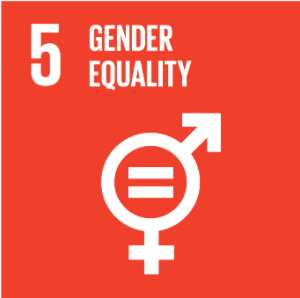VOL 1 No 2, 2024 Research Article
Jamiel Ahmad
Lecturer, PG Department of English, University of Kashmir, Jammu and Kashmir, India
DOI: https://doi.org/10.21659/jsae/v1n2/v1n206
[Article History: Received: 21 Feb 2024. Revised: 23 Jun 2024. Accepted: 03 Aug 2024. Published: 24 Nov 2024]
Abstract
This paper seeks to investigate the position of the physical human body in Lalla Ded by employing an anthropological perspective. By studying the physical representation of the human body as a mode of aesthetic building, which may be thematically loaded, the paper attempts to base itself on how the human body has been and continues to be conceptualized, experienced, interacted with, and represented in various literary and cultural discourses. Considering these theoretical nuances, the paper reads the poetic philosophy of Lalleshwari (a 14th-century Kashmiri mystic) and tries to investigate the theme of non-violence as an aesthetic complex rooted in the corporal existence of a human being. The human body is a medium whose actions/behaviour/responses are a sum-up of various signals which may be psychological, physiological, or spiritual. This is the corporal representation of various feelings and phenomena in a human body/life. If happiness, anger, or sadness are taken as such signals which have a trigger within the biological/biochemical/psychological existence of a human being, so can be traced many other phenomena related to human life. One such important dimension is the notion of violence and non-violence; a notion which can be productive if tamed and destructive if let loose. Various philosophers and poets have showcased the various facets of violence and non-violence via human existence/acts. A seminal mystic Poetess Lalleshwari, who has made her body/acts and its mediated existence emblematic of such a form of non-violence, lived in Kashmir during the fourteenth century. Her mystic approach towards human life has demystified the existence of an individual; she depicts a corporal-aesthetic complex that is rooted in the philosophy of non-violence. Whether her Shaivaite approach to life is taken into consideration her dialogue with the Sufis, or her Yogic exercises catch the attention of the reader, it is found that she sells the human body as a medium via which she displays the aesthetics which is rooted in non-violence.
Keywords: Lallleshwari, aesthetics, corporal, body, non-violence




